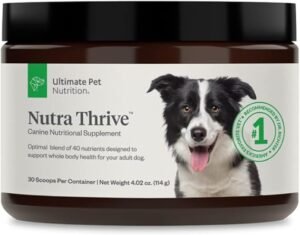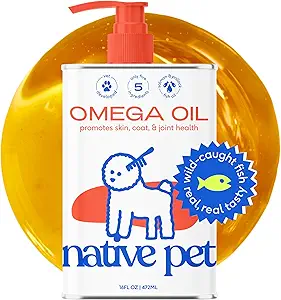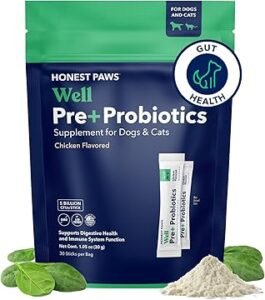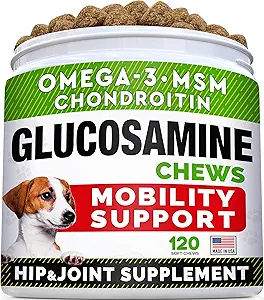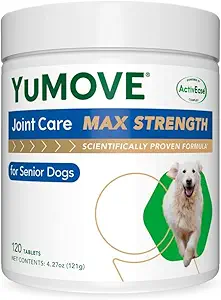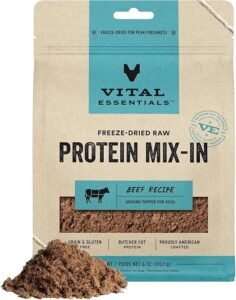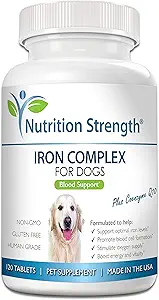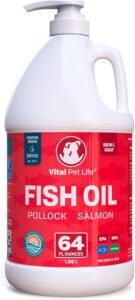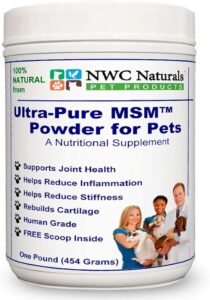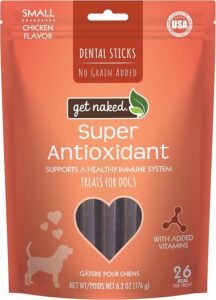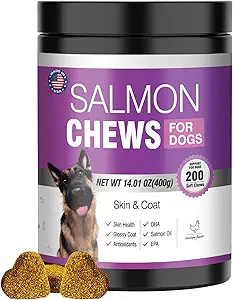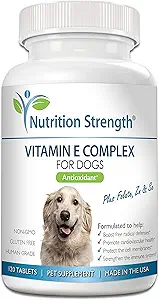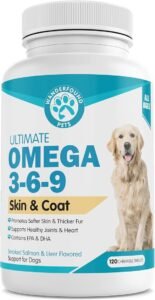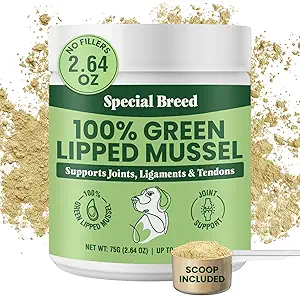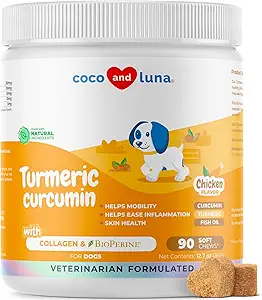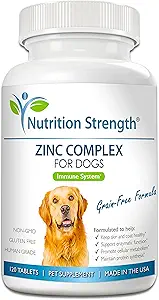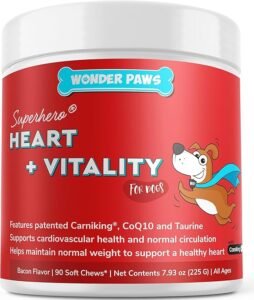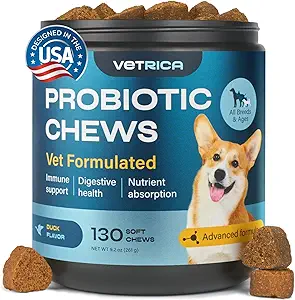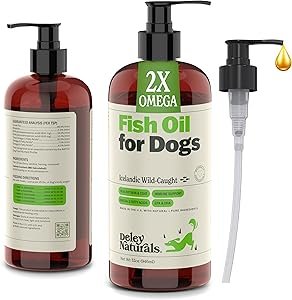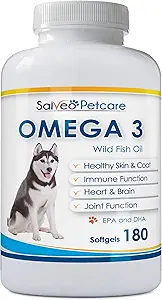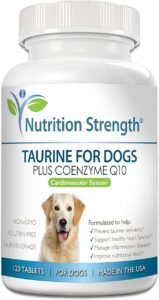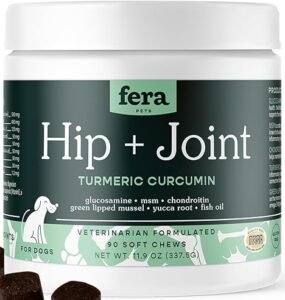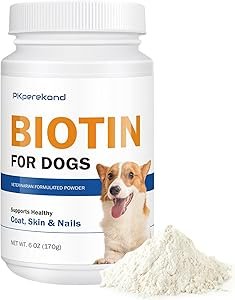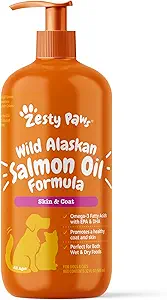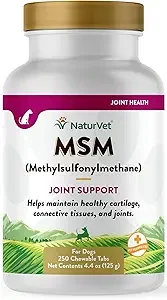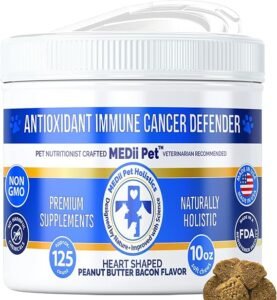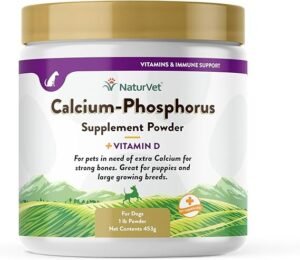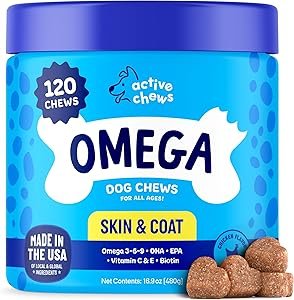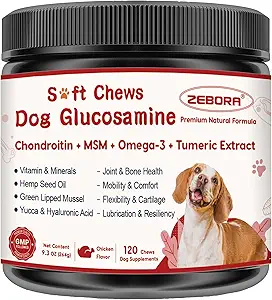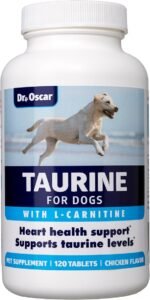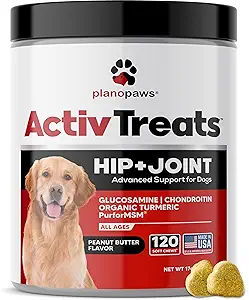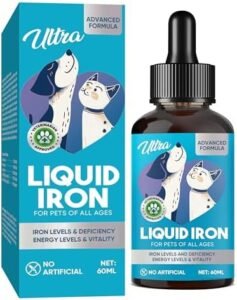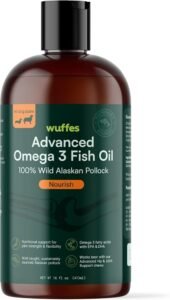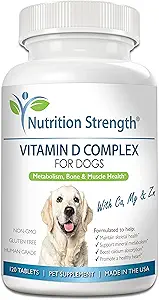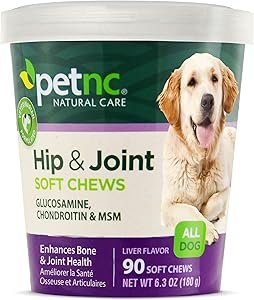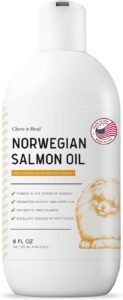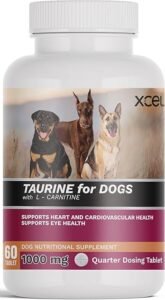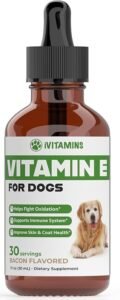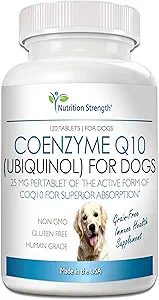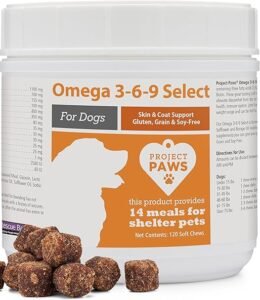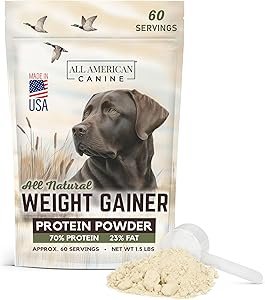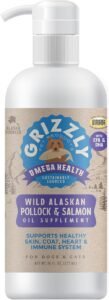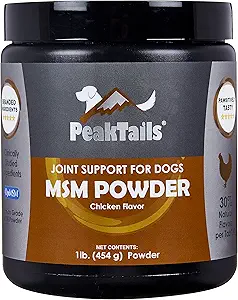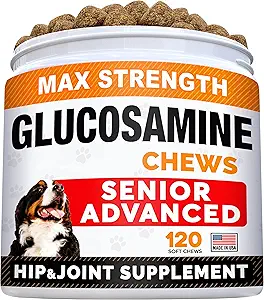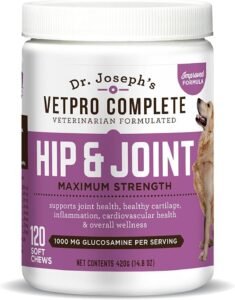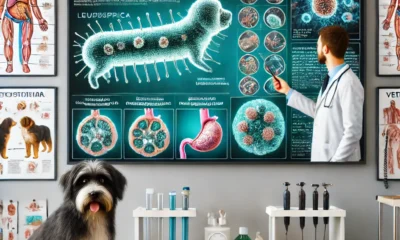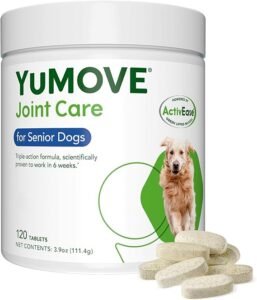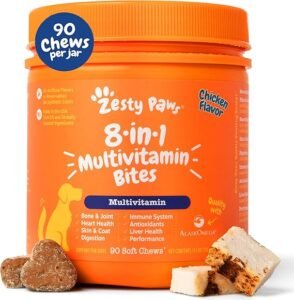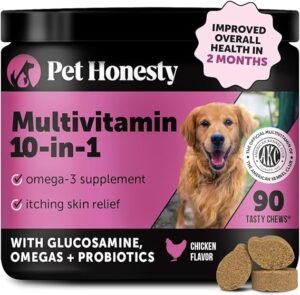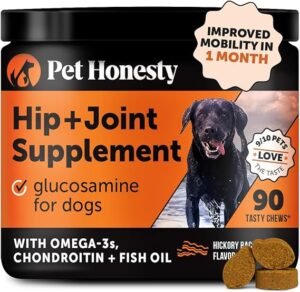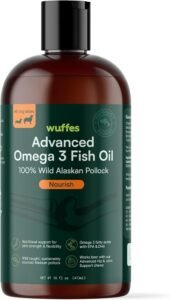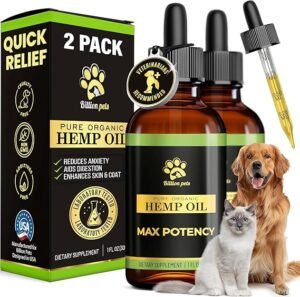Experts Nutritions
Diarrhea in Dogs: Causes, Symptoms, Treatments, and Environmental Factors
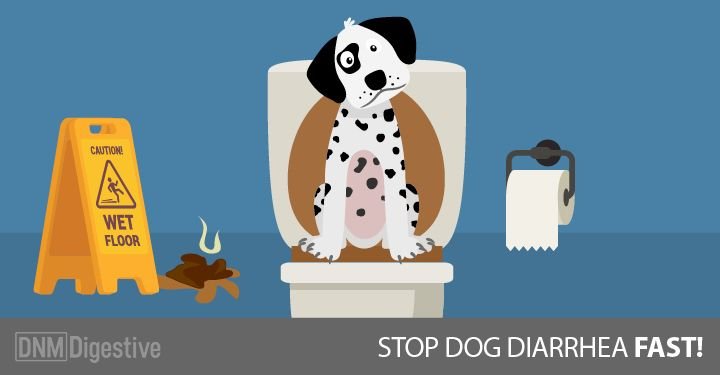
Understanding The Diarrhea
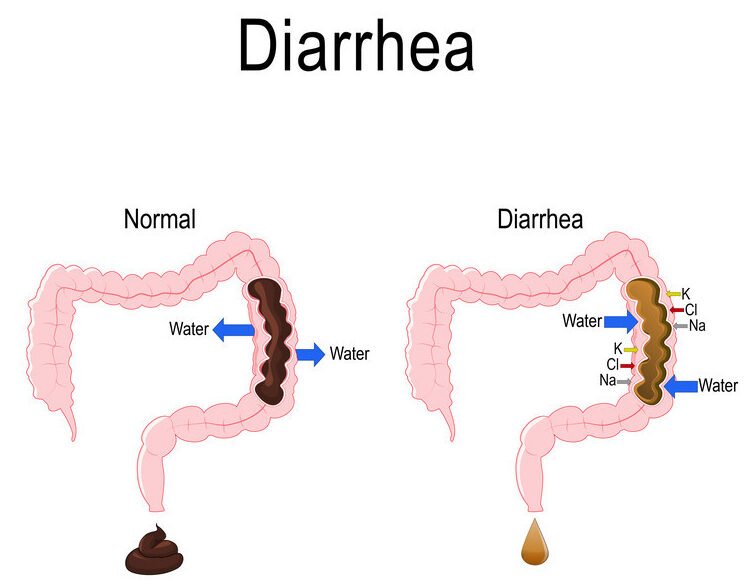
Diarrhea in Dogs is a common health concern among puppies, adult dogs, and senior dogs. It can be caused by various factors, including infections, dietary changes, and environmental influences. This article will explore the causes, symptoms, and treatments of dog diarrhea, along with the environmental factors involved and the countries that report the highest cases.
For more information regarding 4 seasonal cxcercieses of all dog breeds recommended by the doctors and experts, you can visit our youtube channel:
Causes of Dog Diarrhea
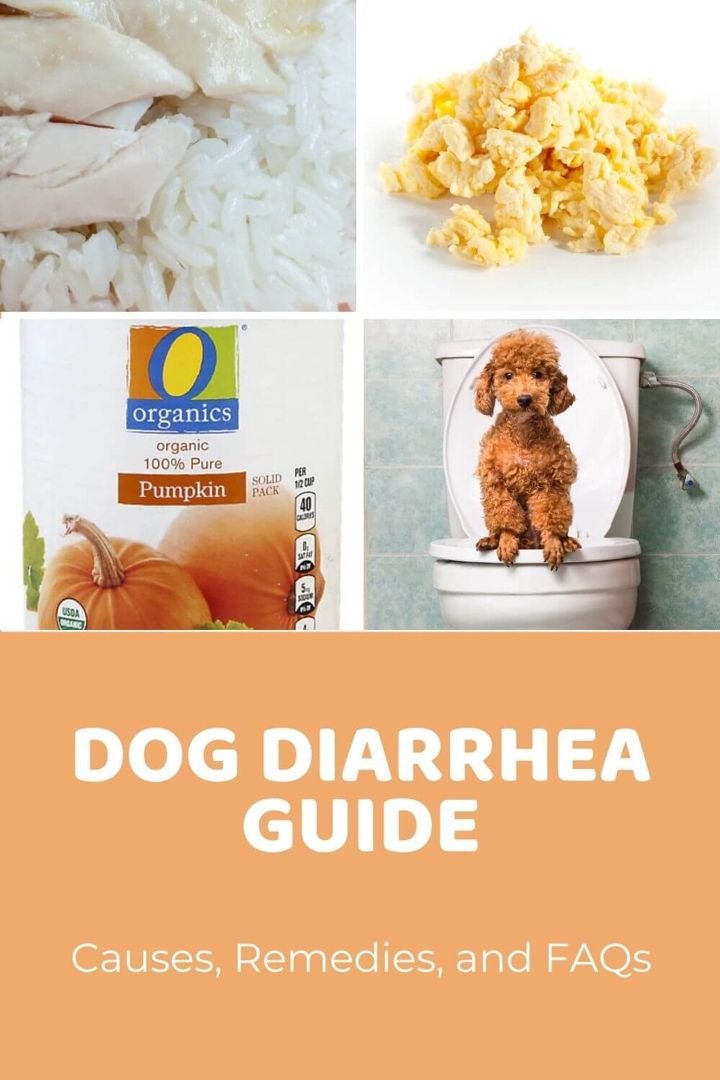
- Dietary Indiscretion –
Sudden diet changes, consuming spoiled food, or eating non-food items.
-
Food Allergies and Intolerances –
Certain proteins, grains, or additives can trigger digestive issues.
-
Infections –
Bacterial (Salmonella, E. coli) or viral infections (Parvovirus, Distemper) can cause severe diarrhea.
-
Parasites –
Giardia, hookworms, roundworms, and coccidia are common culprits.
-
Toxicity –
Ingestion of toxic substances like chocolate, certain plants, or chemicals.
-
Chronic Diseases –
Liver disease, kidney failure, pancreatitis, and cancer can lead to ongoing diarrhea.
-
Medications and Antibiotics –
Certain drugs may disrupt gut flora, leading to diarrhea.
-
Stress and Anxiety –
Changes in routine, travel, or separation anxiety can upset a dog’s stomach.
-
Inflammatory Bowel Disease (IBD) –
A chronic condition affecting digestion.
-
Poor Water Quality –
Contaminated water sources can lead to digestive problems.
Symptoms of Dog Diarrhea
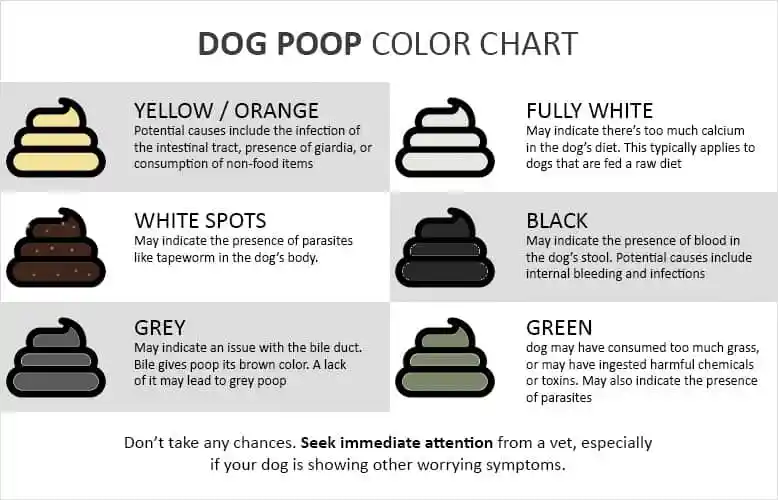
- Frequent loose or watery stools
- Vomiting
- Lethargy
- Dehydration
- Loss of appetite
- Weight loss (if chronic)
- Abdominal discomfort
- Blood or mucus in stool
Environmental Factors Involved
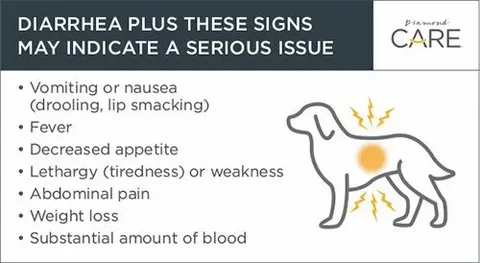
- Climate and Weather Conditions –
Extreme heat or cold can affect digestion and hydration.
-
Water Quality –
Contaminated water sources can introduce bacteria and parasites.
- Urban vs. Rural Areas –
Dogs in urban areas may be exposed to pollutants, while rural dogs may encounter contaminated soil and water.
-
Seasonal Changes –
Dogs tend to eat different foods and drink from different sources in varying seasons, increasing the risk of diarrhea.
-
Exposure to Wildlife and Other Animals –
Increases the risk of parasite transmission.
-
Hygiene and Living Conditions –
Poor sanitation can lead to bacterial infections.
Countries Reporting Higher Cases of Dog Diarrhea

- United States –
Reports high cases due to diverse climate conditions, dietary factors, and widespread pet ownership.
-
United Kingdom –
Common cases linked to food allergies, changing diets, and environmental factors.
-
Australia –
Climate conditions and exposure to parasites contribute to frequent cases.
-
India –
High rates of infections and parasites due to stray dog populations and water contamination.
-
Brazil –
Tropical climate increases the risk of parasitic infections.
-
Canada –
Cold weather and diet changes contribute to seasonal diarrhea cases.
Homemade Remedies for Dog Diarrhea

- Pumpkin Puree –
A small amount of plain canned pumpkin helps firm up stools due to its fiber content.
-
Plain Yogurt or Probiotics –
Contains good bacteria that aid digestion.
-
Boiled Chicken and Rice –
A bland diet that is gentle on the stomach.
-
Slippery Elm Bark –
A natural remedy that soothes the digestive tract.
-
Bone Broth –
Helps keep the dog hydrated and provides essential nutrients.
-
Mashed Sweet Potato –
Contains fiber and essential nutrients to support digestion.
-
Chamomile or Ginger Tea –
Helps soothe an irritated digestive system.
Treatments for Dog Diarrhea
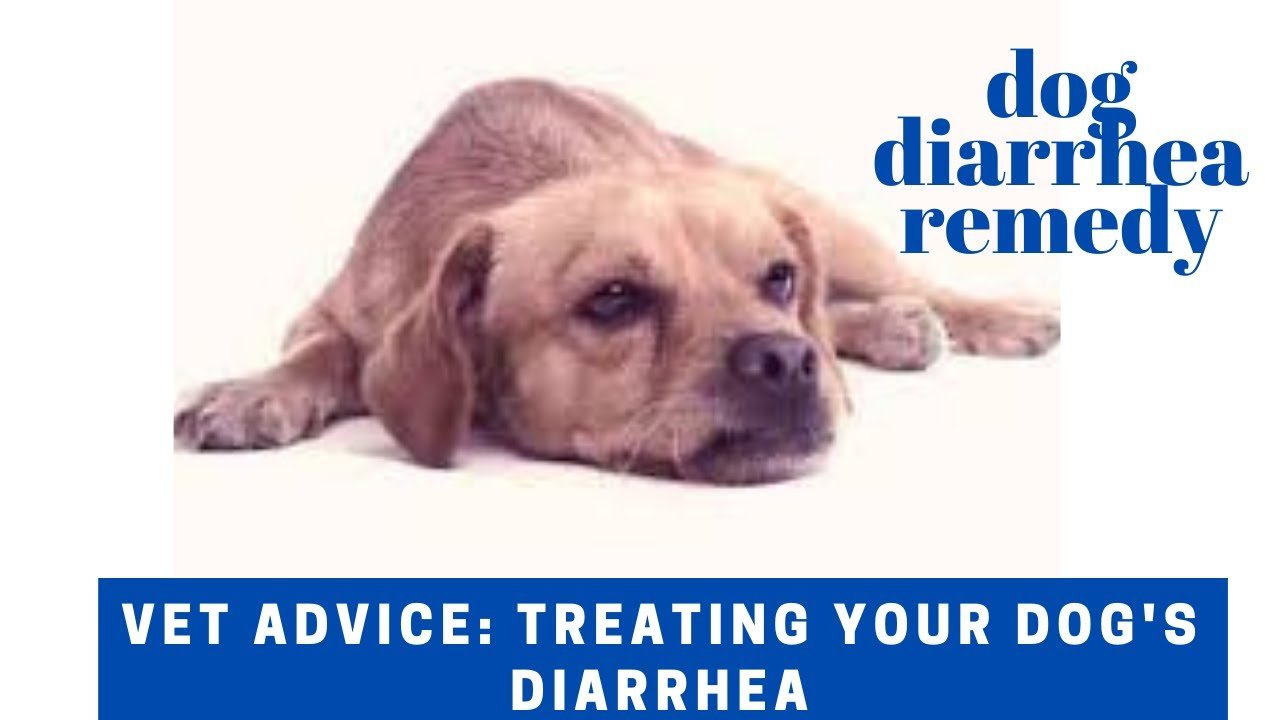
- Hydration –
Ensure the dog drinks plenty of water or electrolyte solutions.
-
Fasting –
A short fasting period (12-24 hours) can help reset the digestive system.
-
Bland Diet –
Feeding boiled chicken and rice helps soothe the stomach.
-
Probiotics –
Helps restore healthy gut bacteria.
-
Deworming –
If parasites are the cause, veterinarians may recommend dewormers.
-
Medications –
Anti-diarrheal medications or antibiotics if an infection is present.
-
Veterinary Care –
Seek professional help if symptoms persist for more than 24-48 hours or if the dog appears severely ill.
Breed-Wise Supplements to Control Weakness in Puppies, Adult Dogs, and Senior Dogs(Click Any Picture In The Table to Buy from Amazon)
| Breed | Puppies (Growth Support) | Adult Dogs (Energy & Immunity) | Senior Dogs (Joint & Vitality) |
|---|---|---|---|
| Labrador Retriever | Omega-3,
|
Probiotics,
|
Glucosamine,
|
| German Shepherd | Protein Supplements,
|
Vitamin B Complex,
|
MSM,
|
| Golden Retriever | DHA,
|
Omega-6,
|
Green-lipped Mussel,
|
| Beagle | Calcium,
|
Zinc,
|
Chondroitin,
|
| Bulldog | Probiotics,
|
Omega-3, | Joint Support Formula |
| Poodle | Biotin,
|
Amino Acids, | MSM,
|
| Dachshund | Calcium,
|
Glucosamine,
|
Bone Support Supplements |
| Siberian Husky | Iron,
|
Vitamin D,
|
Hip & Joint Support |
| Boxer | L-Carnitine,
|
Taurine,
|
Coenzyme Q10,
|
| Rottweiler | Protein,
|
MSM,
|
Glucosamine,
|
FAQs
What should I do if my dog has diarrhea for more than 24 hours?
If your dog’s diarrhea persists beyond 24 hours, seek veterinary attention, as prolonged diarrhea can lead to dehydration and indicate underlying health issues.
Can I give my dog human anti-diarrheal medication?
Some human medications can be harmful to dogs. Always consult your vet before administering any medication.
How can I prevent my dog from getting diarrhea?
Maintain a consistent diet, provide clean water, ensure good hygiene, and avoid feeding table scraps or spoiled food.
When is dog diarrhea an emergency?
If diarrhea is accompanied by vomiting, lethargy, dehydration, or blood in the stool, seek emergency veterinary care immediately.
Can stress cause diarrhea in dogs?
Yes, stress and anxiety can lead to digestive issues, including diarrhea.
Closing Statement
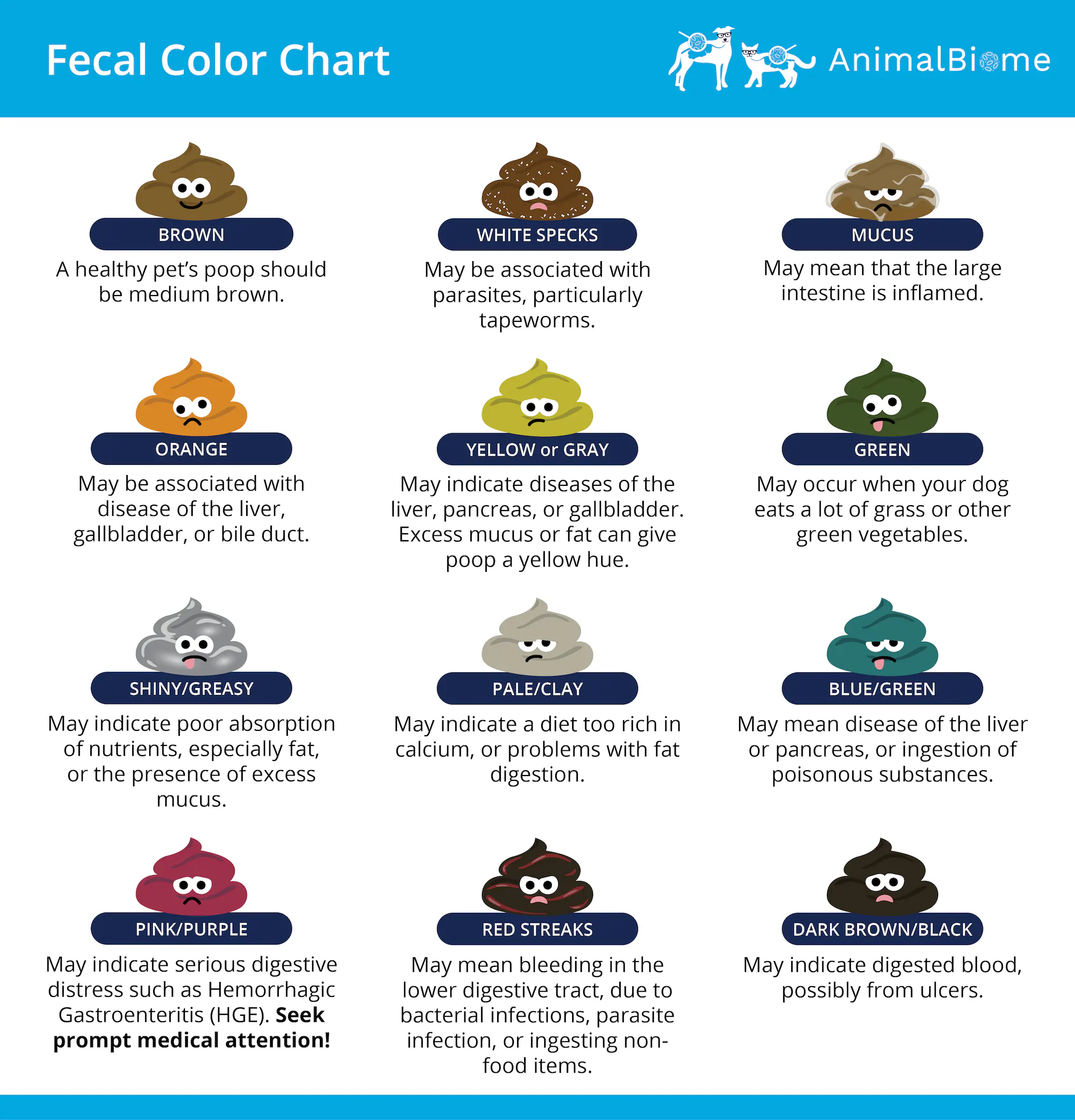
Dog diarrhea is a common issue affecting dogs of all ages and is influenced by various environmental factors. By understanding the causes, symptoms, and treatments, pet owners can take preventive measures to keep their dogs healthy. Monitoring diet, maintaining hygiene, and seeking veterinary care when necessary are essential in managing this condition effectively.
Experts Nutritions
Homemade Dog Food Recipes: Breeds Specific
Experts Nutritions
Top Dog Training Trends: The Ultimate Guide for Every Breed and Life Stages

Introduction: The Future of Dog Training

Top Dog Training Trends: Dog training is evolving faster than ever, with new techniques emerging that cater to different breeds and life stages. In 2025, training is not just about teaching commands but enhancing mental agility, physical health, and overall well-being. This guide breaks down the latest trends by breed size and type, ensuring every dog owner has the right tools for effective training. From puppies to seniors, this is your go-to resource for modern dog training.
Training Steps for All Dog Life Stages

Puppy Training (8 Weeks – 6 Months)
- House Training & Crate Training – Use a consistent schedule for potty breaks.
- Basic Commands – Teach ‘sit,’ ‘stay,’ and ‘come‘ using positive reinforcement.
- Leash Training – Introduce a harness and practice loose-leash walking.
- Socialization – Expose puppies to different people, environments, and sounds.
- Bite Inhibition – Teach controlled play by redirecting biting behavior.
Adult Dog Training (6 Months – 7 Years)

- Advanced Obedience – Reinforce commands with distractions.
- Agility Training – Engage dogs in obstacle courses to improve fitness.
- Impulse Control – Use ‘wait’ and ‘leave it’ commands to manage energy levels.
- Off-Leash Reliability – Practice recall training in a secure environment.
- Behavioral Corrections – Address issues like jumping, excessive barking, or chewing.
Senior Dog Training (7+ Years)

- Gentle Exercises – Short walks and swimming maintain joint health.
- Mental Stimulation – Puzzle toys and new tricks keep cognitive function sharp.
- Reinforced Basic Commands – Maintain training consistency for safety.
- Pain Awareness – Modify training if arthritis or stiffness is present.
- Slow-Paced Training Sessions – Adjust sessions to accommodate reduced energy levels.
Small Dog Breeds Training (Chihuahua, Pomeranian, Dachshund, Maltese.)

Time Limits & Training Focus:
- Puppies (8-16 weeks): 5–10 minutes per session, 3-4 times a day.
- Adults (1-7 years): 10–15 minutes per session, 2-3 times a day.
- Seniors (8+ years): 5–10 minutes per session, focusing on mental stimulation.
Trending Training Methods:
- Tiny Trick Training – Teaching fun tricks like spinning and paw shakes boosts confidence.
- Balance & Core Strength Exercises – Helps prevent injury in delicate breeds.
- Adaptive Smart Toy Training – AI-powered interactive toys reinforce learning.
- Positive Socialization Training – Helps small breeds overcome fearfulness.
Essential Diet Table:
| Nutrient | Small Dogs (Daily) |
|---|---|
| Water | ½ – 1 cup |
| Protein | 25-30% of diet |
| Carbohydrates | 40-50% of diet |
| Healthy Fats | 10-15% of diet |
| Vitamins & Supplements | Omega-3, glucosamine,
|
Medium Dog Breeds Training (Border Collie, Cocker Spaniel, Beagle, Bulldog.)
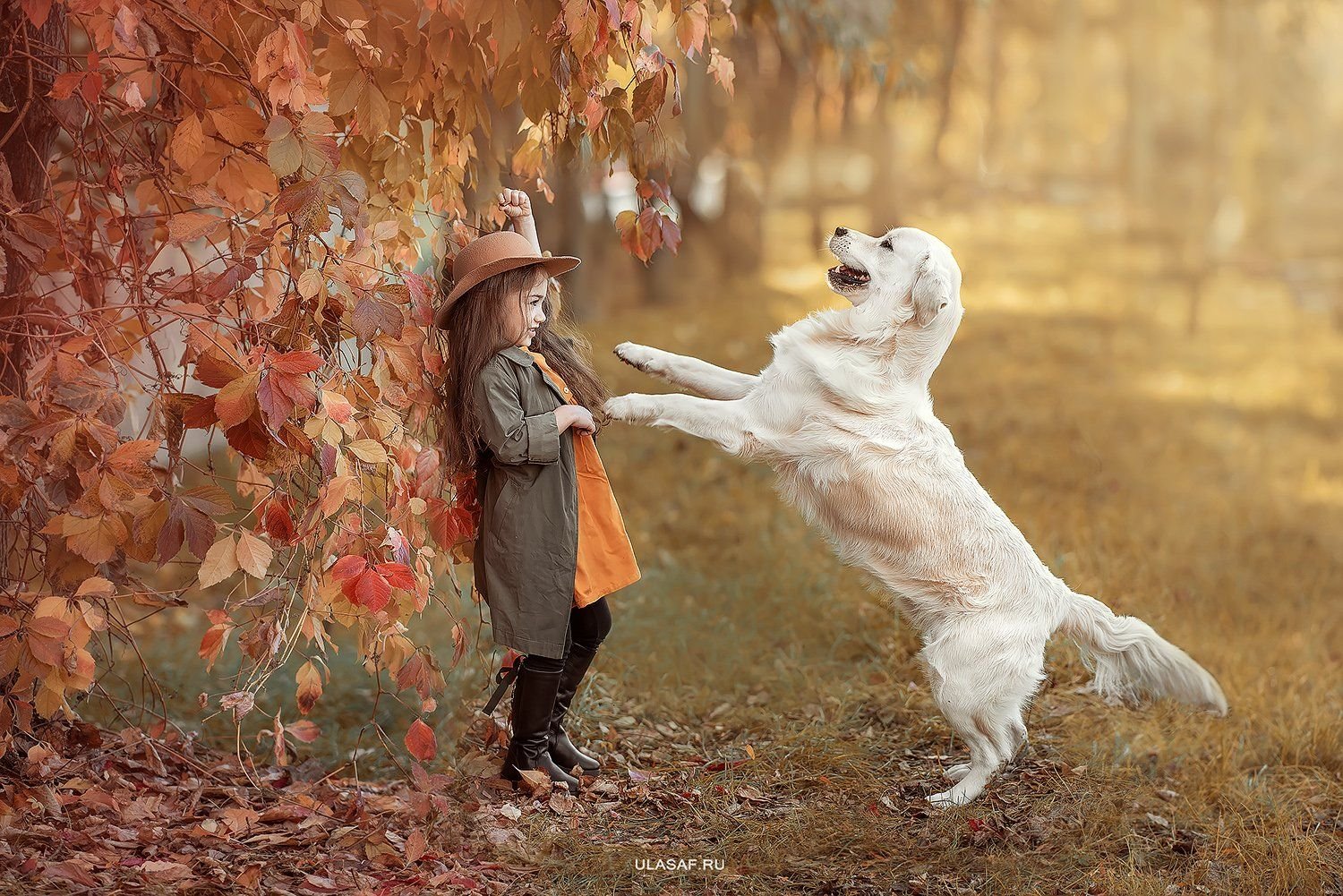
Time Limits & Training Focus:
- Puppies: 10–15 minutes per session, 3 times a day.
- Adults: 15–20 minutes per session, 2 times a day.
- Seniors: 10–15 minutes per session, focusing on gentle movement and scent work.
Trending Training Methods:
- Precision Recall Training – Uses AI tracking collars for off-leash safety.
- Agility & Focus Courses – Enhances coordination and impulse control.
- Scent-Based Mental Stimulation – Tapping into natural tracking instincts.
- Clicker Training 2.0 – A refined version using VR cues for faster responses.
Essential Diet Table:
| Nutrient | Medium Dogs (Daily) |
| Water | 1 – 2 cups |
| Protein | 22-27% of diet |
| Carbohydrates | 35-45% of diet |
| Healthy Fats | 10-12% of diet |
| Vitamins & Supplements | Chondroitin, antioxidants,
|
Large Dog Breeds Training (Labrador, Golden Retriever, German Shepherd, Doberman, etc.)
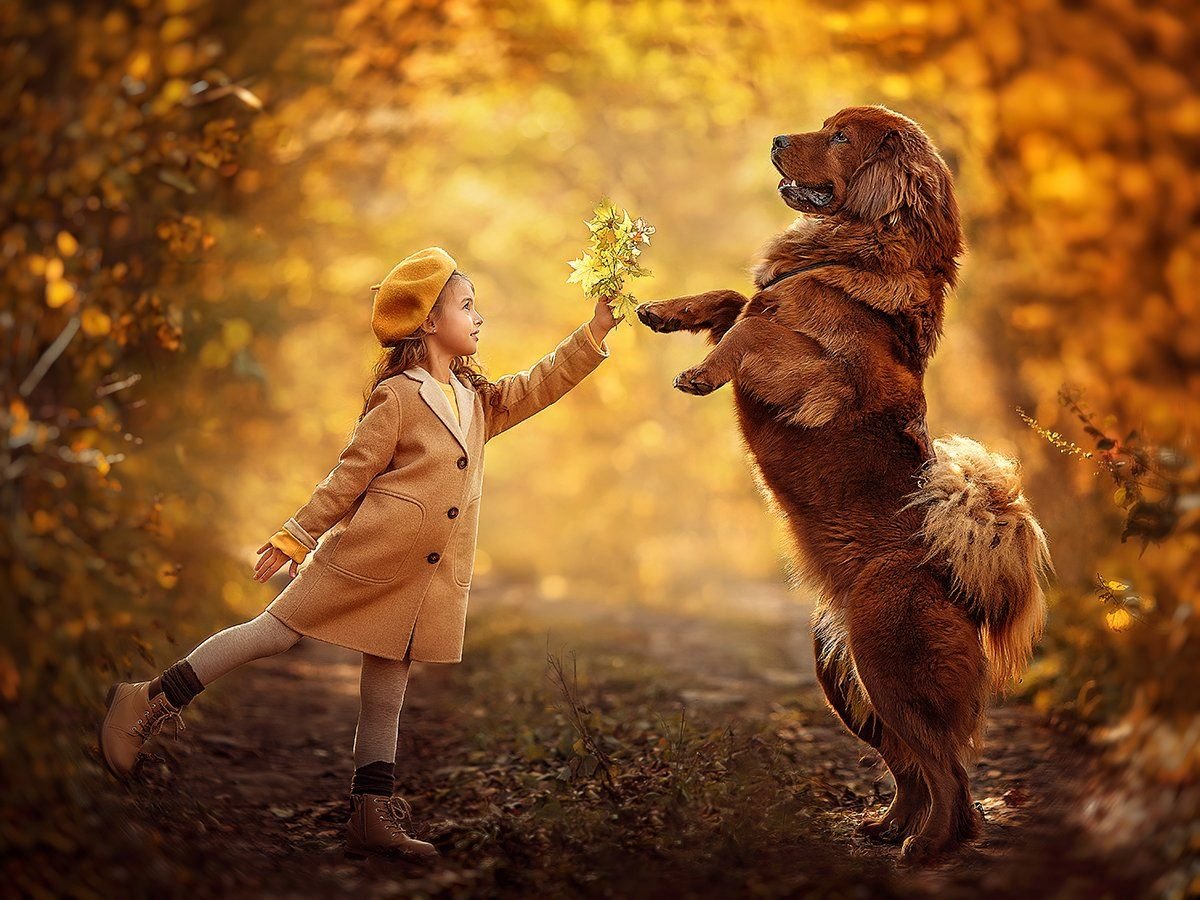
Time Limits & Training Focus:
- Puppies: 15–20 minutes per session, 2-3 times a day.
- Adults: 20–30 minutes per session, 2 times a day.
- Seniors: 10–20 minutes per session, focusing on mobility and cognitive function.
Trending Training Methods:
- Strength & Endurance Training – Using resistance bands for muscle health.
- Canine Cognitive Tasks – Teaching problem-solving for mental sharpness.
- Advanced Obedience & Guard Training – Combining voice and hand signals.
- Emotional Support & Therapy Dog Prep – Developing calmness and empathy.
Essential Diet Table:
| Nutrient | Large/Giant Dogs (Daily) |
| Water | 2 – 4 cups |
| Protein | 20-25% of diet |
| Carbohydrates | 30-40% of diet |
| Healthy Fats | 8-10% of diet |
| Vitamins & Supplements | Glucosamine, chondroitin,
|
Giant Dog Breeds Training (Great Dane, Mastiff, Saint Bernard, Newfoundland, etc.)

Time Limits & Training Focus:
- Puppies: 10–15 minutes per session, 2 times a day.
- Adults: 15–25 minutes per session, 1-2 times a day.
- Seniors: 10–15 minutes per session, focusing on joint-friendly activities.
Trending Training Methods:
- Low-Impact Strength Training – Prevents joint strain while maintaining muscle.
- Confidence Building – Overcoming fear in large but gentle breeds.
- Hydrotherapy Training – Improves endurance and reduces injury risk.
- Slow-Paced Agility – Modified agility courses for body control.
Essential Diet Table:
| Nutrient | Working/Hound Dogs (Daily) |
| Water | 2 – 3 cups |
| Protein | 26-32% of diet |
| Carbohydrates | 30-35% of diet |
| Healthy Fats | 12-15% of diet |
| Vitamins & Supplements | Omega-3, glucosamine,
|
Working Dog Breeds Training (Husky, Malinois, Rottweiler, Boxer, etc.)
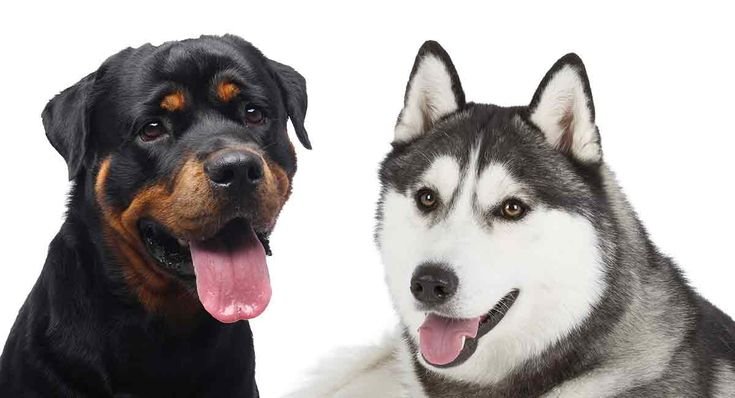
Time Limits & Training Focus:
- Puppies: 15–20 minutes per session, 3 times a day.
- Adults: 30–40 minutes per session, 2 times a day.
- Seniors: 20–30 minutes per session, focusing on controlled movement.
Trending Training Methods:
- Tactical Obedience – Military-grade training for control and reliability.
- Energy Regulation Workouts – Managing hyperactivity through structured play.
- Advanced Tracking & Detection – Strengthening problem-solving skills.
- Cross-Sport Training – Combining agility, obedience, and endurance activities.
Essential Diet Table:
| Nutrient | Large/Giant Dogs (Daily) |
| Water | 2 – 4 cups |
| Protein | 20-25% of diet |
| Carbohydrates | 30-40% of diet |
| Healthy Fats | 8-10% of diet |
| Vitamins & Supplements | Glucosamine, chondroitin, probiotics |
Hound Dog Breeds Training (Beagle, Bloodhound, Greyhound, Afghan Hound, etc.)

Time Limits & Training Focus:
- Puppies: 10–15 minutes per session, 3 times a day.
- Adults: 15–25 minutes per session, 2 times a day.
- Seniors: 10–15 minutes per session, focusing on mental stimulation.
Trending Training Methods:
- Trail & Urban Tracking – Developing scent work in various environments.
- Long-Distance Recall Training – Enhancing recall reliability over long distances.
-
Cardio Endurance Runs – Structured running plans for stamina.
-
Scented Puzzle Training – Using scented toys to reinforce problem-solving.
Essential Diet Table:
| Nutrient | Large/Giant Dogs (Daily) |
| Water | 2 – 4 cups |
| Protein | 20-25% of diet |
| Carbohydrates | 30-40% of diet |
| Healthy Fats | 8-10% of diet |
| Vitamins & Supplements | Glucosamine, chondroitin, probiotics |
Terrier Dog Breeds Training (Jack Russell, Bull Terrier, Airedale, Scottish Terrier, etc.)

Time Limits & Training Focus:
- Puppies: 5–10 minutes per session, 3-4 times a day.
-
Adults: 15 minutes per session, 2-3 times a day.
-
Seniors: 10 minutes per session, focusing on softer activities.
Trending Training Methods:
- Structured Digging Areas – Providing controlled outlets for natural digging instincts.
-
Quick Reflex Agility – Enhancing fast movements and reactions.
-
Tug-of-War Regulation – Teaching bite inhibition and control.
-
Puzzle & Reward Training – Increasing focus through interactive problem-solving.
Essential Diet Table:
| Nutrient | Working/Hound Dogs (Daily) |
| Water | 2 – 3 cups |
| Protein | 26-32% of diet |
| Carbohydrates | 30-35% of diet |
| Healthy Fats | 12-15% of diet |
| Vitamins & Supplements | Omega-3, glucosamine,
|
Closing Statement: Elevate Your Dog’s Training
Training in 2025 is not just about commands—it’s about enhancing your dog’s life through modern, breed-specific methods. Whether you have a tiny Chihuahua or a massive Great Dane, these trends will boost intelligence, obedience, and overall happiness. Start incorporating these techniques today and watch your dog thrive like never before!
🚀 Stay updated with DogsReader for more expert training guides and the latest canine trends! 🐶
Top Dog Training Trends: The Ultimate Guide – Detailed FAQs
1. What are the key dog training trends
Modern training focuses on:
Breed-specific techniques (Agility for Border Collies, scent work for Beagles)
Tech integration (AI collars, VR clicker training, smart toys)
Mental stimulation (Puzzle games, cognitive tasks)
Lifestyle adaptation (Senior-friendly exercises, puppy socialization)
2. How long should training sessions be for puppies vs. adult dogs?
| Life Stage | Session Length | Frequency |
|---|---|---|
| Puppies (8 wks-6 mos) | 5-15 mins | 3-4x daily |
| Adults (6 mos-7 yrs) | 15-30 mins | 2x daily |
| Seniors (7+ yrs) | 5-15 mins | 1-2x daily |
Pro Tip: Keep sessions short to avoid frustration!
3. What’s the best way to train small breeds like Chihuahuas?
- Tiny Trick Training: Teach spins, paw shakes.
- Socialization: Prevent “small dog syndrome” with positive exposure.
- Core Exercises: Use balance pads to avoid injuries.
- Smart Toys: Interactive games reinforce commands.
Avoid: Overloading with complex tasks—small breeds have shorter attention spans.
4. How do I train a high–energy breed (e.g., Border Collie, Labrador)?
- Agility Courses (Weaves, jumps, tunnels)
- Precision Recall (Use GPS collars for off-leash safety)
- Scent Work (Hide treats or use tracking games)
- Advanced Obedience (Combine voice + hand signals)
Warning: Undertrained herding/working breeds may develop destructive habits.
5. What’s unique about training giant breeds (e.g., Mastiffs, Great Danes)?
- Strength Training: Resistance bands build muscle safely.
- Hydrotherapy: Low-impact swimming for joint health.
- Cognitive Challenges (Puzzle feeders, “find it” games)
- Early Leash Manners (Prevent pulling while they’re still manageable).
Diet Note: Giant breeds need glucosamine for joint support.
6. Can senior dogs learn new tricks?
✅ Yes! Focus on:
- Low-impact tricks (High-five, gentle spins)
- Puzzle toys (Slows cognitive decline)
- Reinforced basics (Ensures safety as mobility declines)
- Adjust for Pain: Use soft flooring and shorter sessions.
7. What tech tools are revolutionizing dog training?
- AI Collars (Track location & monitor behavior)
- VR Clickers (Visual + sound cues for faster learning)
- Interactive Smart Toys (Dispense treats for correct responses)
- Agility Apps (Design custom courses at home)
8. How does diet affect training success?
| Breed Size | Key Nutrients |
|---|---|
| Small | High protein (25-30%), omega-3s |
| Medium | Moderate protein (22-27%), antioxidants |
| Large/Giant | Joint supplements (glucosamine), lean proteins |
Tip: Feed 1-2 hours before training for optimal energy.
9. What are common training mistakes to avoid?
Inconsistency (Mixed commands confuse dogs)
Punishment-based methods (Increases anxiety)
Skipping socialization (Leads to fear/aggression)
Overtraining (Causes burnout—watch for fatigue signs)
10. Where can I find professional trainers using these trends?
- Certified trainers (Look for CCPDT or IAABC members)
- Breed-specific clubs (AKC affiliates for agility/herding)
- Online courses (Fenzi Dog Sports Academy, Udemy)
- Local vet recommendations (For behavior issues)
Experts Nutritions
Dog Diseases Around the World: Causes, Prevention & Solutions

Introduction

Dog Diseases Around the World: Dogs, like humans, are susceptible to various diseases, which can vary based on geographic location, climate, and prevalent pathogens. This article explores the most common diseases in puppies, adult, and senior dogs by country, their causes, prevention methods, common misconceptions, and why these illnesses are widespread among dogs.
Major Reasons for Dog Diseases
Several factors contribute to the prevalence of diseases in dogs worldwide. These include:
- Climate and Environmental Conditions:
- Regions with warm, humid climates foster mosquito populations, leading to diseases such as heartworm. Cold regions see higher cases of arthritis due to joint stress.
- Stray Dog Population:
- Countries with high numbers of stray dogs, such as India, experience frequent outbreaks of rabies and distemper due to lack of vaccination.
- Tick and Flea Infestation:
- Lyme disease is prevalent in regions with a high tick population, like the United States and Canada.
- Waterborne Contaminants:
- Leptospirosis thrives in areas with stagnant water, affecting dogs that drink from puddles or contaminated water sources.
- Urbanization and Socialization:
- High-density dog populations in cities contribute to the rapid spread of kennel cough and canine influenza.
- Poor Nutrition and Genetics:
- Some diseases, such as hypothyroidism and arthritis, are influenced by genetic predisposition and diet quality.
- Lack of Vaccination and Preventive Care:
- Many dog owners neglect regular veterinary check-ups, leading to higher disease susceptibility.
Major Diseases in Dogs by Country
United States
Canine Parvovirus (Parvo)
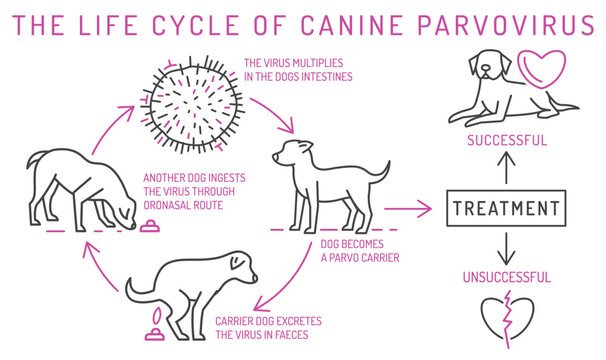
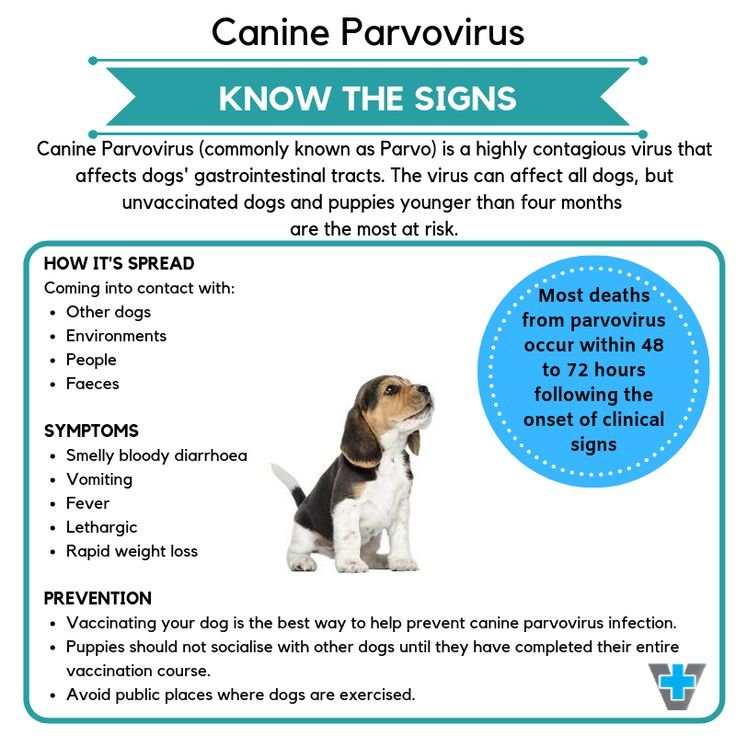
-
- Cause: Highly contagious viral infection.
- Prevention: Vaccination, sanitation, and isolation of infected dogs.
- Assumptions: Some believe only puppies get Parvo, but adult dogs can also be affected.
- Why common? Due to high dog population density and frequent interactions.
Lyme Disease

-
- Cause: Bacterial infection transmitted by ticks.
- Prevention: Tick control, regular veterinary check-ups, and vaccination.
- Assumptions: Many think city dogs are not at risk, but urban green spaces harbor ticks.
- Why common? High deer population contributes to tick prevalence.
United Kingdom
Leptospirosis

-
- Cause: Bacteria found in contaminated water.
- Prevention: Annual vaccinations, avoiding stagnant water sources.
- Assumptions: Misconception that only farm dogs are at risk.
- Why common? Rainy climate increases exposure to infected water.
Kennel Cough

-
- Cause: Viral and bacterial infection spread in dog communities.
- Prevention: Vaccination and avoiding exposure to infected dogs.
- Assumptions: Some believe it only affects dogs in kennels.
- Why common? High population of socialized pets and dog daycare centers.
Australia
Heatstroke
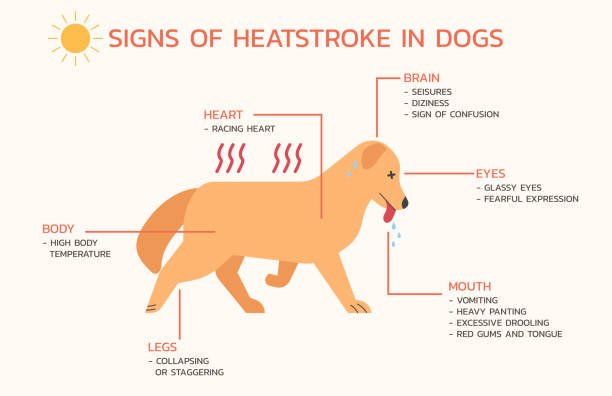

-
- Cause: High temperatures and humidity.
- Prevention: Hydration, avoiding excessive exercise in heat.
- Assumptions: Thick-coated dogs are the only ones at risk.
- Why common? Hot climate and lack of awareness about overheating in dogs.
Heartworm Disease

-
- Cause: Mosquito-borne parasite.
- Prevention: Monthly preventive medication.
- Assumptions: Dogs who stay indoors are safe.
- Why common? Warm climate with high mosquito activity.
India
Rabies
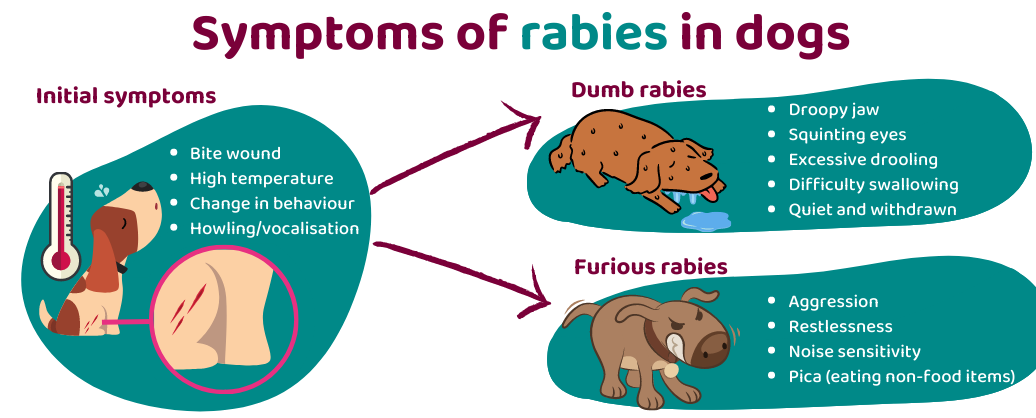
-
- Cause: Virus transmitted through bites of infected animals.
- Prevention: Vaccination and controlling stray dog populations.
- Assumptions: Only stray dogs get rabies.
- Why common? Large stray dog population and insufficient vaccination coverage.
Distemper
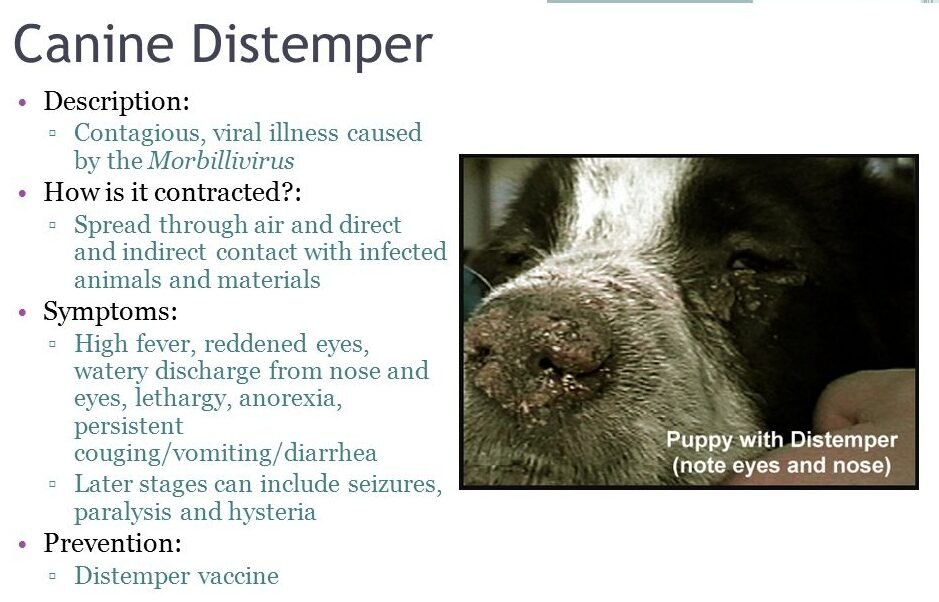
-
- Cause: Viral infection.
- Prevention: Vaccination and avoiding exposure to infected dogs.
- Assumptions: Many believe home dogs cannot get distemper.
- Why common? High density of stray and unvaccinated dogs.
Canada
Hypothyroidism

-
- Cause: Immune system attacking thyroid gland.
- Prevention: Regular check-ups and balanced diet.
- Assumptions: Only old dogs are affected.
- Why common? Genetic predisposition in certain breeds.
Arthritis
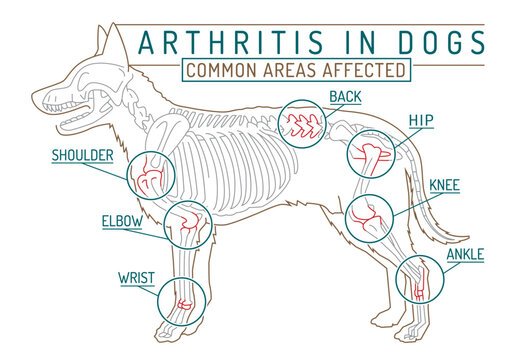
-
- Cause: Joint inflammation due to aging or injury.
- Prevention: Weight management and joint supplements.
- Assumptions: Only large breeds develop arthritis.
- Why common? Cold climate exacerbates joint pain.
Legal Arrangements for Dog Health Problems by Country
| Country | Legal Regulations & Arrangements |
|---|---|
| United States | Mandatory rabies vaccination, animal welfare acts, breed-specific laws |
| United Kingdom | Compulsory microchipping, Dangerous Dogs Act, strict breeding regulations |
| Australia | Strict quarantine laws, mandatory vaccinations, animal cruelty laws |
| India | Animal Birth Control (ABC) program, stray dog sterilization laws, rabies eradication campaigns |
| Canada | Provincial animal welfare laws, required vaccinations, and dog licensing |
Vaccinations by Country and Age Group
| Country | Puppies (Under 1 Year) | Adult Dogs (1-7 Years) | Senior Dogs (7+ Years) |
|---|---|---|---|
| United States | Rabies, Parvo, Distemper, Hepatitis, Bordetella | Rabies booster, Leptospirosis, Lyme, Bordetella | Rabies booster, Leptospirosis, Flu shot |
| United Kingdom | Leptospirosis, Kennel Cough, Parvo, Distemper | Leptospirosis booster, Rabies, Kennel Cough | Rabies booster, Leptospirosis, Flu shot |
| Australia | Parvo, Distemper, Hepatitis, Rabies (imported dogs) | Rabies booster, Leptospirosis, Parainfluenza | Rabies booster, Leptospirosis, Flu shot |
| India | Rabies, Parvo, Distemper, Leptospirosis | Rabies booster, Distemper booster, Leptospirosis | Rabies booster, Distemper, Leptospirosis |
| Canada | Rabies, Parvo, Distemper, Lyme, Bordetella | Rabies booster, Leptospirosis, Lyme, Bordetella | Rabies booster, Leptospirosis, Flu shot |
Recommended Supplements for Dogs by Age Group
| Supplement Name | Benefits | Puppies (Under 1 Year) | Adult Dogs (1-7 Years) | Senior Dogs (7+ Years) |
| Glucosamine & Chondroitin | Joint support & arthritis prevention | No | Occasionally | Yes |
| Omega-3 Fatty Acids | Skin, coat health, and anti-inflammatory | Yes | Yes | Yes |
| Probiotics | Gut health & digestion | Yes | Yes | Yes |
| Multivitamins | General health maintenance | Yes | Yes | Yes |
| CBD Oil or Hemp Oil
|
Pain relief & anxiety reduction | No | Occasionally | Yes |
Closing Statement
Understanding the major diseases that affect dogs in different countries helps pet owners take preventive measures. By ensuring proper vaccinations, using preventive treatments, and providing necessary supplements, dog owners can significantly improve their pet’s health and longevity. Always consult a veterinarian for personalized care and treatment options.
Frequently Asked Questions (FAQs)
Q1: What are the most common diseases in dogs worldwide?
The most common diseases in dogs globally include rabies, parvovirus, distemper, kennel cough, leptospirosis, Lyme disease, and heartworm. The prevalence of these diseases varies by country due to climate, stray dog populations, and veterinary care standards.
Q2: How often should I vaccinate my dog?
Puppies should receive core vaccinations starting at 6-8 weeks, with booster shots given at intervals recommended by veterinarians. Adult dogs need booster shots annually or every three years, depending on the vaccine. Senior dogs may require additional vaccinations for flu and leptospirosis.
Q3: Are certain breeds more prone to specific diseases?
Yes, some breeds are genetically predisposed to certain conditions. For example:
-
Large breeds ( German Shepherds) are prone to hip dysplasia.
-
Small breeds (Chihuahuas) may suffer from dental diseases.
-
Labrador Retrievers are more likely to develop obesity and arthritis.
Q4: How can I protect my dog from tick-borne diseases like Lyme disease?
Regular tick prevention using medications, collars, and spot-on treatments can reduce the risk of Lyme disease. Checking your dog for ticks after outdoor activities and maintaining a clean environment also help prevent tick infestations.
Q5: What is the best way to prevent heartworm disease in dogs?
Heartworm prevention involves monthly medications (oral or topical) and annual heartworm testing. Mosquito control in and around your home can also reduce the risk.
Q6: What are the symptoms of rabies in dogs?
Rabies symptoms include excessive drooling, aggression, difficulty swallowing, paralysis, and sudden behavioral changes. It is a fatal disease, so vaccination is crucial.
Q7: Can dogs get colds or flu like humans?
Yes, dogs can contract canine influenza (dog flu) and kennel cough, both of which cause coughing, sneezing, and fever. Vaccinations and limiting contact with infected dogs help prevent these illnesses.
Q8: How do I know if my senior dog has arthritis?
Symptoms of arthritis in dogs include stiffness, limping, difficulty standing up, reluctance to jump, and behavioral changes due to pain. Joint supplements like glucosamine and omega-3 fatty acids can help manage symptoms.
Q9: Are natural supplements effective for preventing dog diseases?
Some natural supplements, such as probiotics, omega-3 fatty acids, and glucosamine, support overall health and can prevent conditions like arthritis and digestive issues. However, they should be used alongside veterinary care, not as replacements for medical treatments.
Q10: What should I do if my dog shows symptoms of a serious disease?
If your dog exhibits symptoms such as vomiting, diarrhea, lethargy, difficulty breathing, or persistent coughing, seek immediate veterinary attention. Early diagnosis and treatment can save your pet’s life.
-

 SMALL DOG BREEDS4 months ago
SMALL DOG BREEDS4 months agoMerle Chihuahua: A Comprehensive Guide
-

 SMALL DOG BREEDS4 months ago
SMALL DOG BREEDS4 months agoMaltese: A Beloved Companion
-

 Large Breeds4 months ago
Large Breeds4 months agoSamoyeds Hypoallergenic: Closer Look at the Breed
-

 SMALL DOG BREEDS4 months ago
SMALL DOG BREEDS4 months agoMerle Pomeranian: A Adorable Companion
-

 Large Breeds4 months ago
Large Breeds4 months agoStandard Poodle Weight: Country Wise
-

 SMALL DOG BREEDS4 months ago
SMALL DOG BREEDS4 months agoYorkshire Terrier: a Big Personality
-

 MEDIUM BREEDS4 months ago
MEDIUM BREEDS4 months agoAmerican Water Spaniel Colors Chocolate In Crcols:
-

 Terrier Breeds3 months ago
Terrier Breeds3 months agoDog Breeds: by Country & Category


